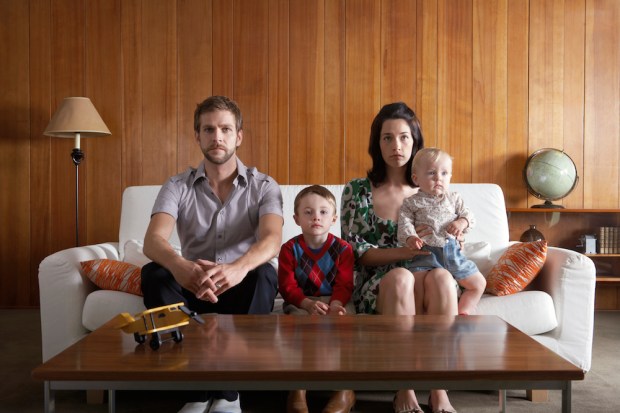Millennials Lead In Heading Impoverished Households

Despite being the largest generation by population share, millennials tend to head fewer households than their Gen X and baby booming counterparts. As of 2016, millennials (ages 18 to 35 in 2016) headed only 28 million households.
On one level that isn’t all that surprising or all that disturbing, given that millennials are still aging into adulthood as a generation — a large share of them are still living in a college dorm and are therefore unlikely to be heading households.
However, combined with some other data, that information is at least a bit eyebrow-raising.
Millennials, for example — despite heading fewer households than their older siblings and parents — are leading the pack when it comes to running households in poverty. According to Census Bureau data, 5.3 million of 17 million U.S. households living in poverty were run by Generation Y members, while Xers represented 4.2 million and boomers captured 5 million slots.
Millennials are also far less likely to own a home than any other previous generation and are far more likely to be renters. As of last year, 18.4 million of the nation’s 45.9 million renters were millennials, by far the largest share. Xers were in the #2 position, with 12.9 million renters, and boomers trailed both groups at 10.4 percent. Silent and Greatest Generation members’ rental rate was around 4.2 percent.
And though the young are more likely to rent than their older peers, even comparing millennials against other generations at the approximate age point reveals that millennials seem to be behind. In 1982, 41 percent of households were headed by people under 35 who owned their own homes. As of 1990, 40 percent of Xers owned their own homes — though by 2016, Xers had clearly been bit by the Recession and downturn as that figure fell to 35 percent.
Millennials are also winning the race — for the first time — of households headed by single mothers. Last year, 8.6 million households were headed by a single mother and about 4 million of these mothers were millennials, slightly outnumbering the 3.9 million Gen Xers heading single-mother households.
